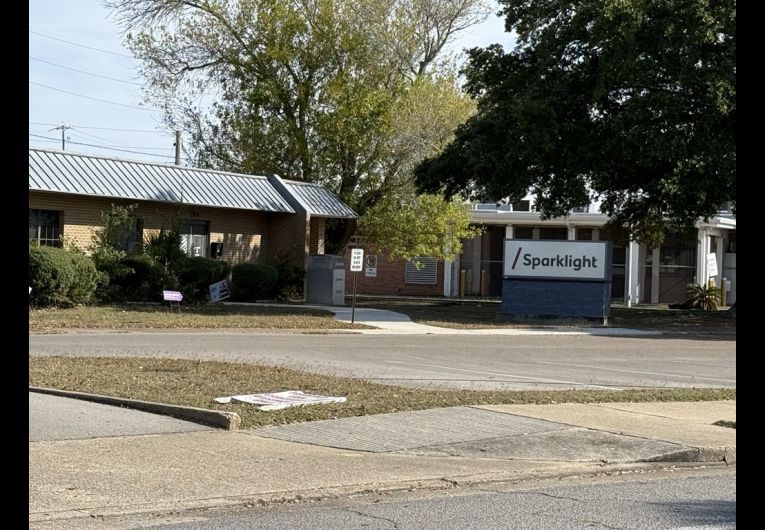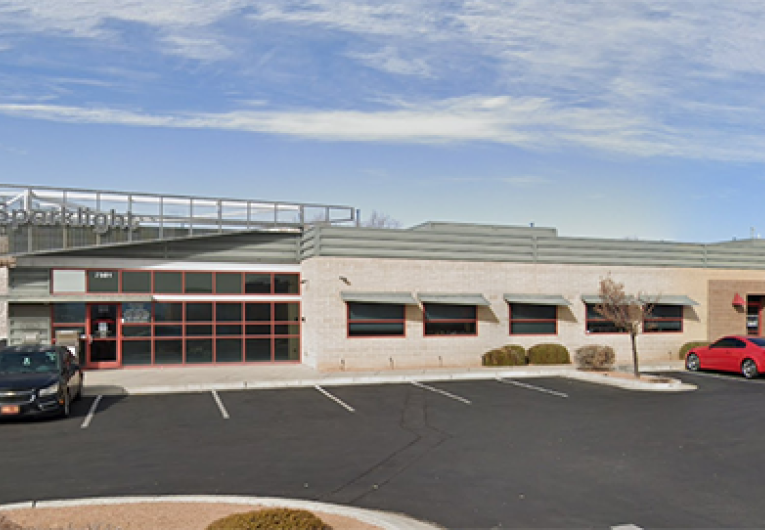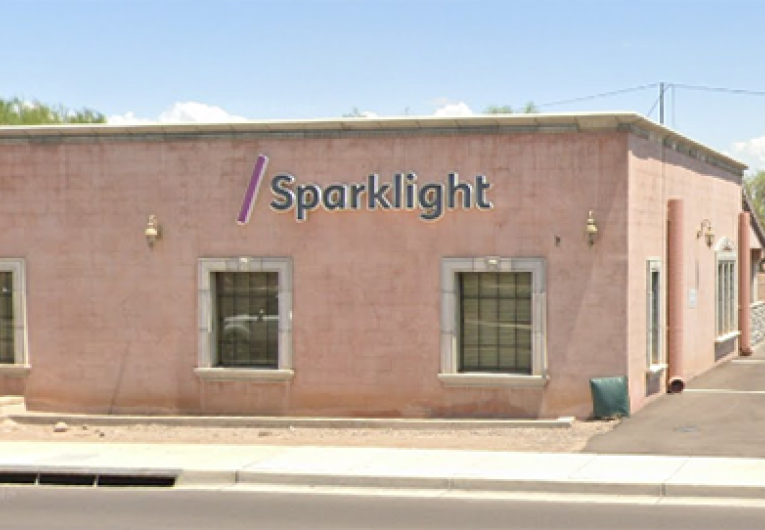
5 Types of Broadband Internet Connection
Which One’s Right for Your Business?
Even the smallest home-based business needs a broadband internet connection to get things done. Sending and receiving emails, downloading files, browsing the internet – none of these basic business activities would be possible without a broadband internet connection.
Yet it can be confusing when there are so many types of connections. Business owners can often choose from:
- DSL broadband
- Cable broadband
- Fiber broadband
- Wireless broadband
- Satellite broadband
Understanding the basic differences and choosing the right type of broadband internet connection can help ensure employee productivity, user satisfaction and overall profitability.
DSL Broadband
DSL stands for Digital Subscriber Line. DSL internet can be purchased through your telephone company, which provides broadband internet access through the telephone lines already installed in most businesses. A few variations of a DSL connection have evolved specifically for business:
HDSL – High Data Rate Digital Subscriber Line
VDSL – Very High Data Rate Digital Subscriber Line
DSL’s speed depends on your proximity to the closest telephone company facility. The further away you are, the slower it will be. DSL’s top speeds usually range from 3 to 12 Mbps but in some urban areas as high as 20-100 Mbps, which can serve the email, download and browsing needs of many small businesses.
Cable Broadband
A cable internet connection can be purchased from your cable company. Cable broadband utilizes the coaxial cable lines already installed in most businesses.
With a simple cable modem installation, the same lines that deliver audio and video to your television set will deliver internet access to your computers.
Cable broadband is much faster than DSL and offers speeds ranging from 10 Mbps to 1 Gbps.
This speed is especially helpful to businesses with video conferencing or video streaming needs – or which share memory intensive files, engage in ecommerce or collaborate online.
Fiber Broadband
Telephone companies and cable companies both offer fiber broadband internet connections in most markets.
While fiber internet connections are becoming more common and more affordable, fiber may not be available everywhere. Fiber-optic cable has not been run to all business centers and locations.
Fiber-optic cable is made up of transparent glass fibers about the diameter of a human hair. Transmitting data as light, fiber broadband offers incredible speed up to and exceeding 1 Gbps. Of all broadband internet connections, fiber broadband is by far the fastest.
While fiber-optic cable may not be in the walls of your business, this by itself does not prevent you from enjoying the speed of fiber broadband. If the fiber-optic cable has been run to the curb outside or to a location somewhere between your business and the provider’s facility, you may still be able to subscribe to a fiber broadband Internet connection.
Wireless Broadband
To be clear, we’re not talking about “Wi-Fi” here. A wireless broadband internet connection is not the same thing as having “Wi-Fi” within your business location.
A wireless broadband internet connection uses a radio link to connect your computers – via an antenna – to a service provider’s facility and then to the internet.
Wireless broadband internet connections are used primarily in remote areas where telephone and cable lines do not exist. The antenna needs to have “line of site” to the service provider’s facility to be effective. Speeds are comparable to DSL.
Satellite Broadband
For businesses in remote locations where line of site to a provider’s facility or tower is not possible, then a satellite internet connection may be the right choice.
This connection requires line-of-sight to the satellite. Admittedly, this can sometimes be hampered by the weather. But geosynchronous satellites, which are always above the designated service area, provide links for broadband internet access in the same way they do for telephone and television service.
While slower than DSL and Cable, satellite connections are ten times faster than old dial-up speeds. Service requires a dish antenna and can be quite expensive compared to other types of connections.
Your Most Likely Choices
Unless you’re operating in a remote location, your most likely choices for a broadband internet connection are DSL, cable and fiber.
Before committing to any particular connection, be sure that it will meet the needs of your customers and your employees. Most customers judge the quality of a brand based on the quality of their online experience. And most employees feel the quality of internet connectivity directly relates to their productivity and job satisfaction.
Be sure to find the right balance between speed and affordability in making your decision. You can start by contacting your local internet and cable providers for more information
Learn More
Learn more about Business Internet and Dedicated Internet Access fiber options from Cable ONE Business.
The trends, insights, and solutions you need to grow your business.
By signing up, you’re subscribing to our monthly email newsletter, The
Wire. You may unsubscribe at any time.
Your information stays safe with us. Learn more about our privacy
policy.











![[#MSP_NAME#] Logo](/themes/sparklight_business/images/transition-logos/migration-banner-logo-[#MSP_CD#].png)
